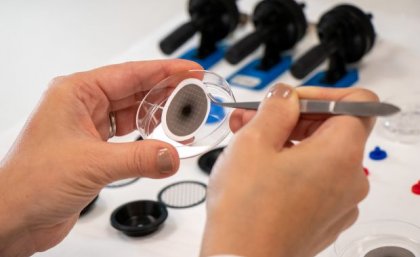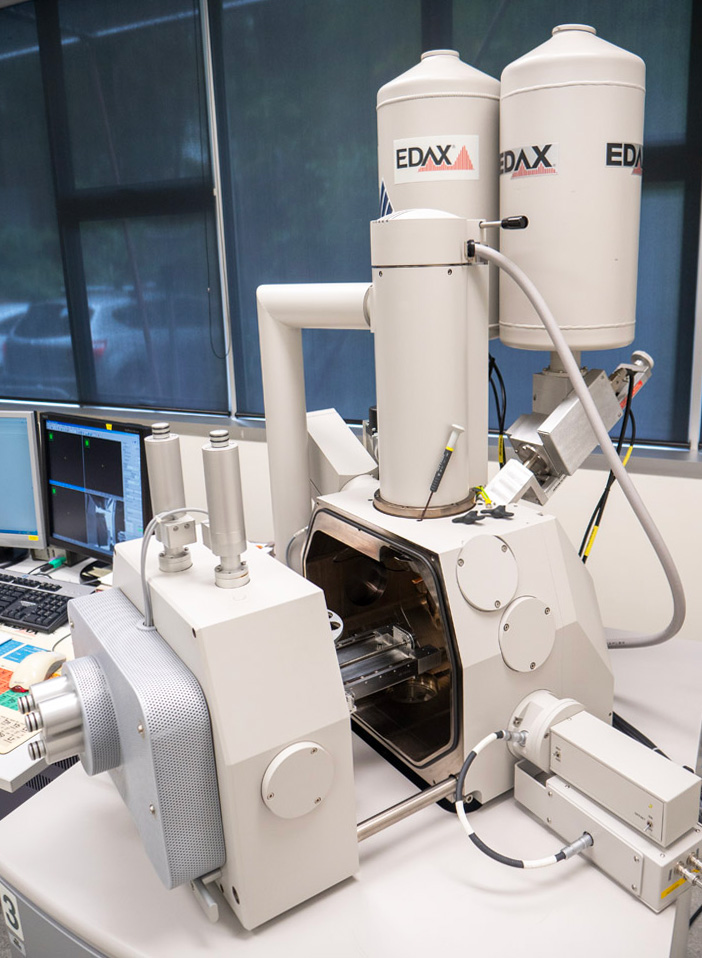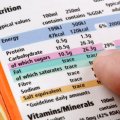
A new dust testing methodology developed by University of Queensland researchers offers workers better protection from diseases such as black lung and silicosis.
Leader of the Dust and Respiratory Health Program at the Sustainable Minerals Institute Nikky LaBranche said the escalating prevalence of dust lung diseases, especially among young Australians, made the scientific community realise a new approach was needed.
“Exposure monitoring for dust and silica is currently based on the weight of particles but this overlooks many details that we are beginning to understand have significant health effects,” Ms LaBranche said.
“The methodology we have developed takes an in-depth look at particle characteristics such as size, shape, and mineral makeup, along with their potential to group together.
“These things weren’t possible previously because of cost and technology but we have used a Mineral Liberation Analyser which is a specialised type of scanning electron microscope.
 “It can measure the size and shape of individual particles and create a mineral map across them.
“It can measure the size and shape of individual particles and create a mineral map across them.
“This is important because the lighter and smaller particles are more easily breathed in to pose a health hazard, something which is overlooked in conventional weight testing.
“We could also see that the mineralogy of dust at sizes small enough to enter the lungs is generally of different concentrations than the dust source because some minerals break into the size of concern more easily.”
Since 2019, Queensland Health has recorded at least 885 cases of Queensland workers being diagnosed with a dust-related lung diseases, mostly in the mining and quarrying, construction, and manufacturing industries.
Ms LaBranche said within each industry workers could be exposed to dust particles of a variety of mineralogies and sizes.
“Some mines have already contacted UQ to undertake this testing to better understand the dust risks on their sites,” she said.
“UQ is now offering it as a service to industries that would benefit from this type of information.”
Co-author Professor David Cliff from SMI said the new methodology would also contribute to research into the connection between the characteristics of particulates and the development of respirable dust diseases.
“By understanding the mineralogy and shape of respirable dust particles, it will be possible to simulate their impact on the lungs so we can more accurately identify the risk factors for workers and tailor effective controls,” he said.
The research is published in Minerals.
Image above left: A Mineral Liberation Analyser at UQ's Sustainable Minerals Institute.
Media: Nikky LaBranche, n.labranche@uq.edu.au, +61 407 610 108; Sustainable Minerals Institute Media, communications@smi.uq.edu.au, +61 447 812 081.
.jpg)











